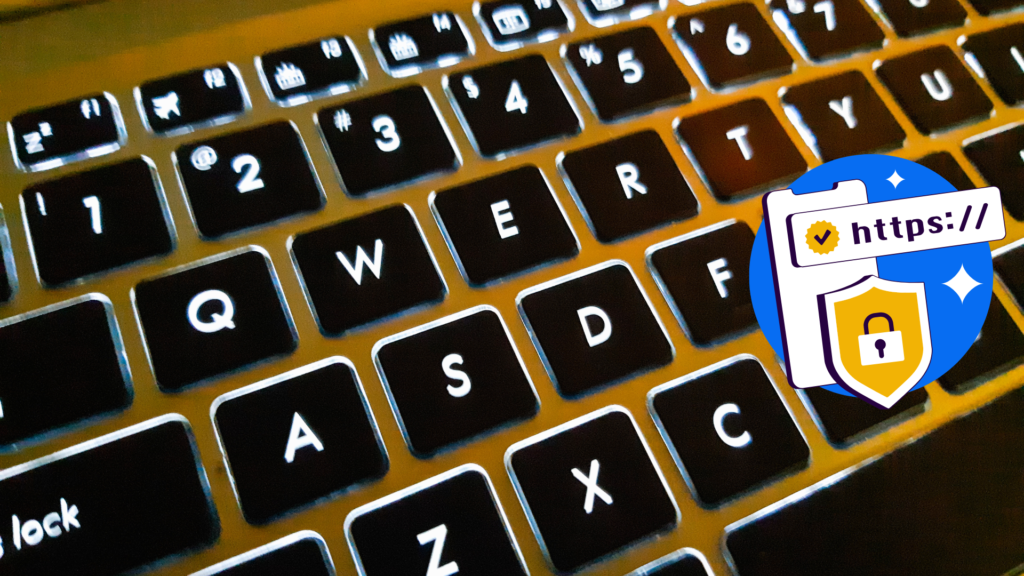With the increasing integration of digital tools in our daily lives, Microsoft Ink has emerged as a powerful feature for those looking to draw, annotate, and create naturally on their devices. Whether you’re an artist sketching your next big idea or a student taking notes, Microsoft Ink provides a seamless, intuitive interface that brings the feel of pen and paper to the digital realm. This guide explores how to make the most of Microsoft Ink, from its key features to practical applications in work and education.
What is Microsoft Ink?
Microsoft Ink is a digital inking feature built into Windows and Office applications, allowing users to interact with their devices using a stylus or even their fingers. Introduced with the Windows 10 Anniversary Update, it has since become a staple for Windows users. By enabling a more natural input method, Microsoft Ink allows for precision drawing, handwriting, and markup, bringing out the potential of touch-enabled devices.
Key Features of Microsoft Ink
- Ink Workspace: The Ink Workspace serves as the main hub for all your inking needs. It houses built-in apps like Sketchpad, Screen Sketch, and Sticky Notes. The Sketchpad provides a blank canvas for drawing, allowing users to experiment with designs and ideas, while Screen Sketch lets you draw over screenshots for quick annotations.
- Drawing Tools: Microsoft Ink offers a variety of drawing tools, including pens, pencils, highlighters, and rulers. You can choose different colors and thicknesses for the pen strokes, making it perfect for both artistic endeavors and professional work. The digital ruler is particularly handy for creating straight lines and aligning objects.
- Ink to Text Conversion: One of the most valuable features of Microsoft Ink is its ability to convert handwriting into text. This feature is available in various applications like Word, PowerPoint, and OneNote, allowing users to write naturally with a stylus and then quickly turn their handwriting into editable text.
- Collaboration and Sharing: Microsoft Ink excels in collaboration. For example, OneNote users can annotate documents, highlight important sections, and add personal notes. These notes can then be shared with colleagues, allowing for a collaborative, expressive approach to teamwork. In applications like PowerPoint, ink annotations can be replayed to showcase the steps of your work.
Applications of Microsoft Ink in Education
Microsoft Ink has had a significant impact in the educational sector, particularly in improving the learning experience. From helping students to solve complex math problems by converting handwritten equations into digital text to enhancing creativity, this tool has become indispensable in the classroom.
- Handwriting Recognition for Equations: Students can now use digital ink to write complex mathematical formulas, which can then be converted into text for further editing. This feature is particularly useful for subjects like physics and engineering, where equations form the core of the curriculum.
- Enhanced Creativity: Research shows that students using digital ink improve their creativity and problem-solving skills. By allowing students to quickly jot down ideas and explore them visually, Microsoft Ink fosters a dynamic learning environment.
Microsoft Ink for Professionals
Beyond the classroom, Microsoft Ink has found applications in the corporate world. From graphic designers to project managers, this tool can be leveraged in multiple ways:
- Digital Signatures and PDF Markup: One of the most practical applications of Microsoft Ink is in signing digital documents. Tools like PDF Ink allow users to insert signatures, draw, and make annotations directly on PDFs, providing a seamless way to review and approve documents.
- Sketching Wireframes and Prototypes: Designers can use Ink to Code, a tool that helps transform hand-drawn sketches into wireframes that can be exported to Visual Studio. This saves time and encourages collaboration between designers and developers.
Microsoft Ink in Office Applications
Microsoft has integrated Ink across many of its Office apps, including Word, Excel, and PowerPoint. Here are a few ways Ink enhances productivity:
- Word and PowerPoint: Ink Editor in Word and PowerPoint allows users to make edits with natural gestures, such as circling text to select it or striking through words to delete them. This makes editing documents faster and more intuitive.
- Excel: Use the Lasso Select tool in Excel to select specific cells or ranges without needing to switch between tools manually.
- OneNote: OneNote has perhaps the most robust integration with Ink. Users can draw, take notes, and even convert their handwritten content into text. OneNote’s Ink Replay feature allows you to review your annotations step by step, a useful feature for both students and professionals alike.
How to Get Started with Microsoft Ink
If you’re ready to dive into Microsoft Ink, follow these simple steps:
- Set Up Your Pen: Ensure your device supports pen input, and configure your settings in the “Pen & Windows Ink” menu. Here, you can adjust options like pen sensitivity and customize buttons on your stylus.
- Open the Ink Workspace: Press the Windows Ink Workspace button in your system tray or press the back of your pen if it has a Bluetooth button. From here, you can access the Sketchpad, Screen Sketch, and Sticky Notes.
- Experiment with Tools: Open the Sketchpad and explore the available drawing tools. Test out the digital ruler, pen colors, and thicknesses to find what works best for you.
- Integrate Ink with Office Apps: In Word or PowerPoint, navigate to the Draw tab to access Ink features. You can start writing immediately with your stylus or convert your annotations into text and shapes.
Conclusion
Microsoft Ink is an incredibly versatile tool that enhances productivity, creativity, and collaboration. Whether you are a student solving math equations, a professional marking up documents, or an artist bringing your vision to life, Microsoft Ink provides a powerful, user-friendly platform. As digital tools continue to evolve, Microsoft Ink stands out as a key feature that bridges the gap between analog creativity and digital precision.


